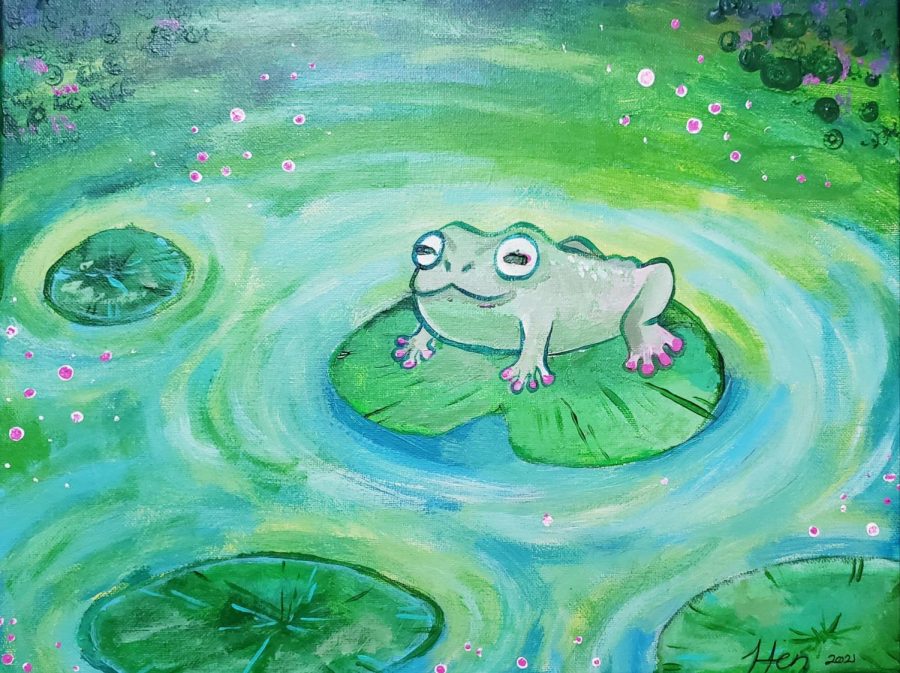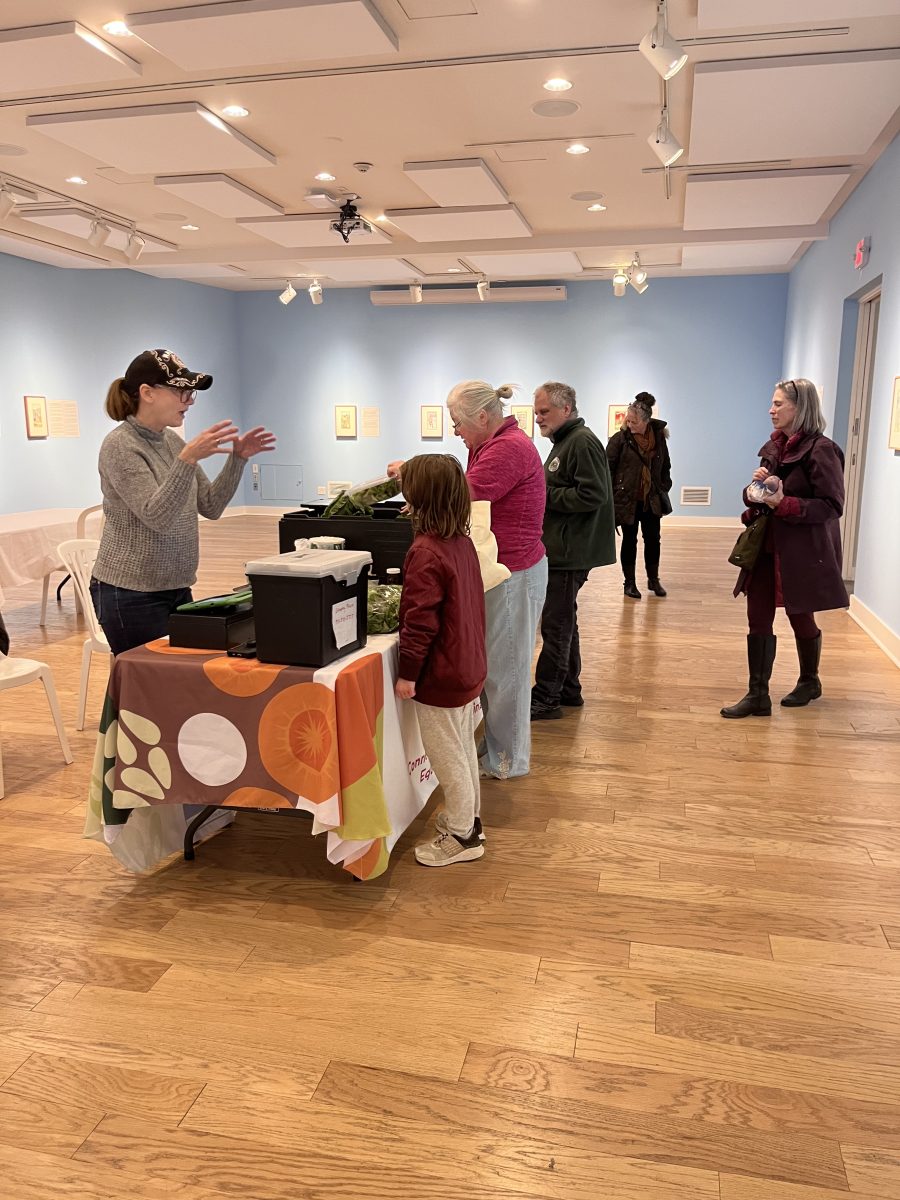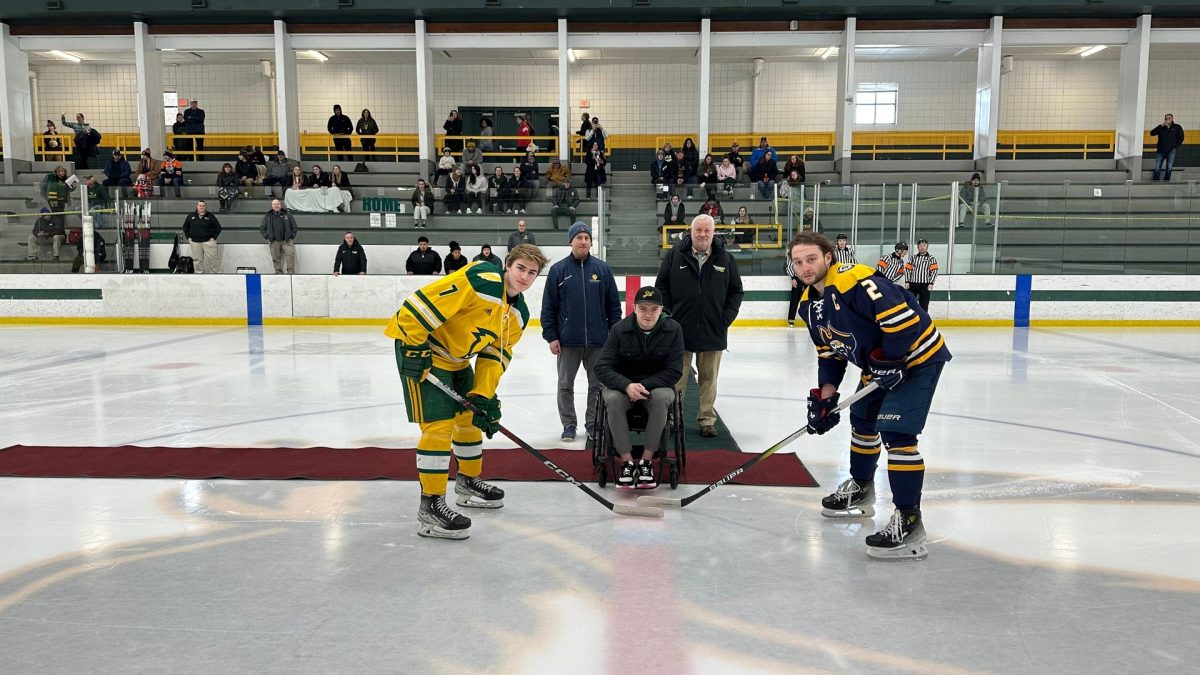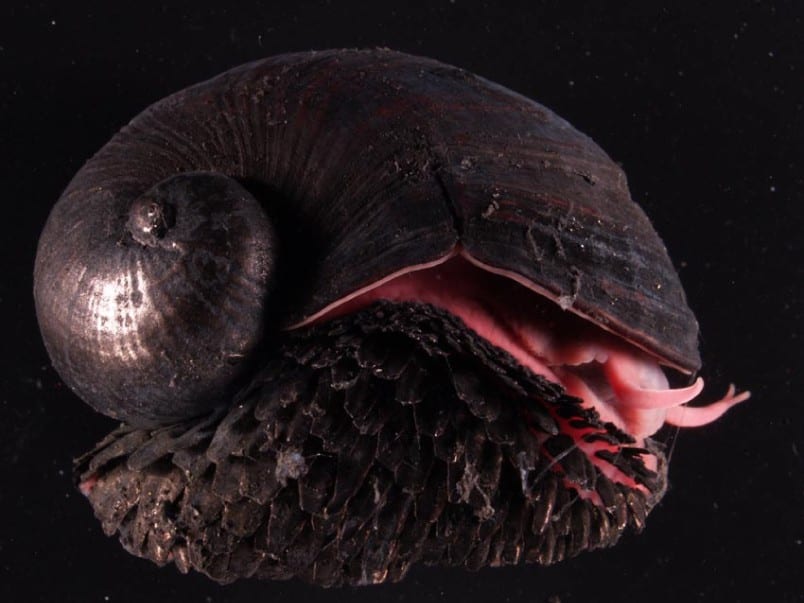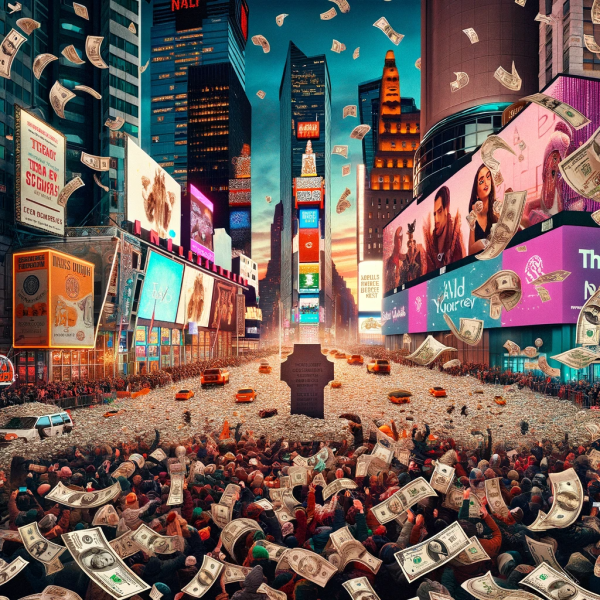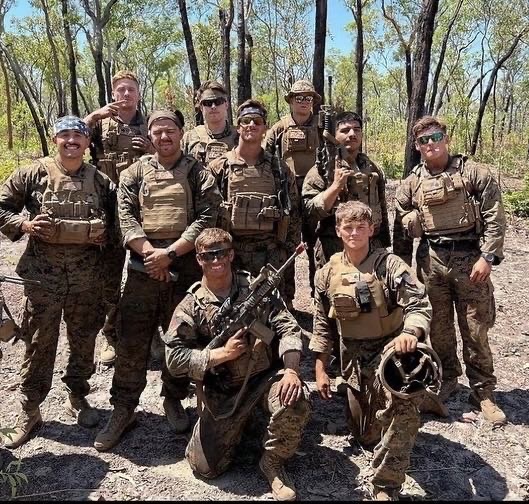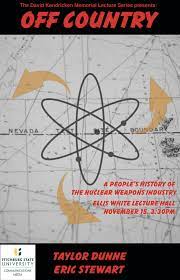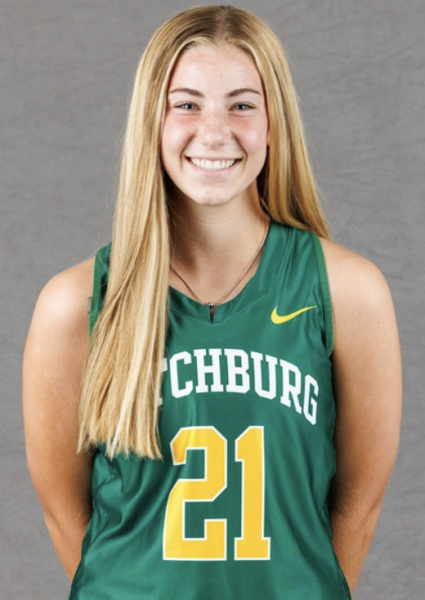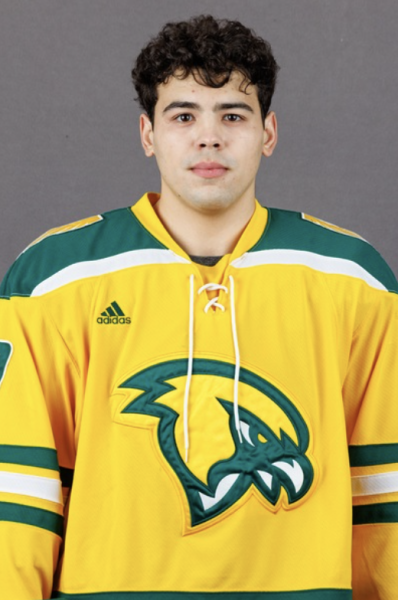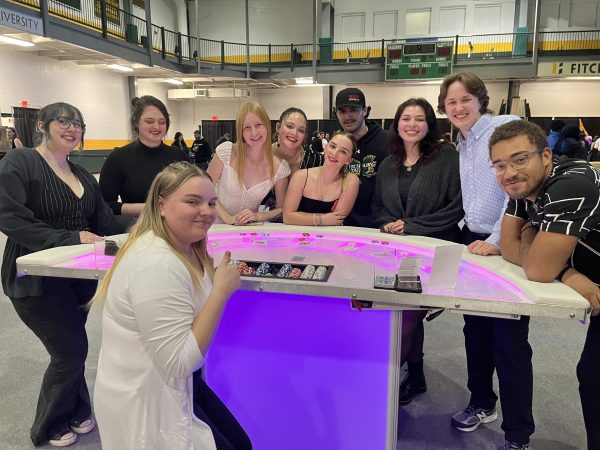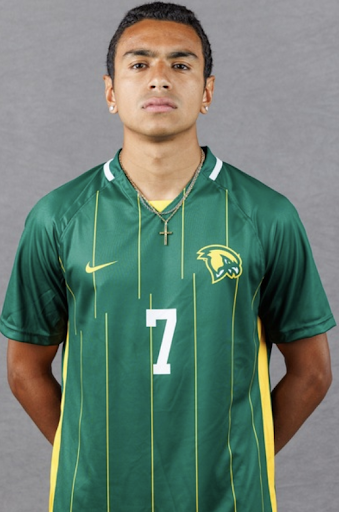Introspective Reflection and Adaptability: How Student Artists’ Processes Changed During the Pandemic
April 12, 2021
-Brittany Edridge
Student artists at Fitchburg State have had a lot of extra time to work on their projects during quarantine. The pandemic has impacted where artists create, display, share, and perform their art in innovative ways. In addition, artists’ thoughts and emotions during the pandemic have altered how they create and interpret their own work. As a result, student artists have explored new mediums, techniques, and perspectives in their art and they plan to take advantage of these new discoveries in creating new projects.
Katie Williams, a theater student at Fitchburg University, had to adapt her acting process to account for having to act on a virtual platform, such as Zoom, instead of acting in person. She stated that her process of performance blocking had to be altered significantly.
“Blocking” refers to how an actor interacts with other actors, their environment, and props within a scene. Actors must be attentive to the space they are moving in and the gestures that they use. Williams said that she focuses on how she holds herself when acting. She researches her role and uses the character’s past history, traumas, and memories to determine how to make use of gestures and body movements.
Williams stated that because she can see her face projected on the screen when she performs virtually she struggles to “get into a character’s head” because she is surrounded by herself.
To work around this, Williams puts together music playlists that fit the character she is performing as. She treats Zoom acting like camera acting because, like with camera acting, smaller gestures and movements are preferable because cameras are sensitive and result in lag. Also, by watching herself on screen, she was able to take note of any nervous habits she had and worked more on her camera presence. Zoom acting “opened my eyes to the shifts I needed to make” said Williams.
Danielle Hendrix, an art student at Fitchburg State who creates digital art and acrylic paintings, had to adapt to taking online art courses and had to rearrange and clean out a space to use as a studio. She found herself experimenting with different shades of color than she normally would. Hendrix stated that she typically “throws color on” the page and that she utilizes the whole page as much as possible. The most significant change Hendrix noticed was that of her subject matter. She said she became “more comfortable with experimentation” during the pandemic.
Shyanne Permell-Smith, also an art student at Fitchburg State, stated that she paints and sketches anything she has access to “for the fun of it.” In Dr. Sarah Bromberg’s online art class, Permell-Smith worked with watercolor pencils and shoe customizations for the first time. She began working with a wider range of colors and worked with larger sheets of paper during the pandemic. Permell-Smith said that she “tried to be as realistic as possible” before the pandemic.
During the pandemic, she said that she decided “why not add a splash of pink or purple?” Permell-Smith began to copy the objects in front of her instead of drawing whatever came into her head. While taking online synchronous art courses, Permell-Smith stated that she “learned that lines do not exist.” She worked with shading instead of lines in Dr. Bromberg’s courses. As a result of the pandemic, Permell-Smith said that “everyone is getting businessy.” She stated that she may start a clothing line as a result of her experiences during the pandemic.
Ryan Pratt, a Game Design major at Fitchburg State, said that his artwork before the pandemic was mostly hand-drawn. He stated that he had really “gotten a taste of how traditional art is used when designing experiences like games” this semester. During the pandemic, Pratt worked more with digital art, especially with programs such as Photoshop and Maya. He stated that he mostly works with grayscale, so when he experiments it is with lighter or darker tones. This semester, Pratt said he “learned to be more impressed with the time and effort into trying out different things, even if it ends up getting scrapped/failing.”
Kristen Laquidara, a student photographer at Fitchburg State, worked on improving her editing skills during the pandemic. More clients than usual reached out to her for photo shoots. Laquidara stated that this was most likely the case because “lots of people are realizing they want to capture all of the memories they can.”

In addition, Laquidara used the months off during quarantine to work on marketing her business and made masks with some of her photographed images on them. She has reflected on the kinds of photographs she normally takes, and has realized that she wants to “get more into the wedding and newborn business once I gain more experience.” Students interested in learning more about Laquidara’s photography and business can visit her website.
Art during the pandemic can be used as a stress-reliever and as a tool for processing trauma, according to art therapy manager Tammy Shella Ph.D. Artists, in particular, are becoming more aware of how these creative processes “convey the human experience” according to Benjamin Champagne in his article “The Show Must Go On? Art in the Pandemic.”


